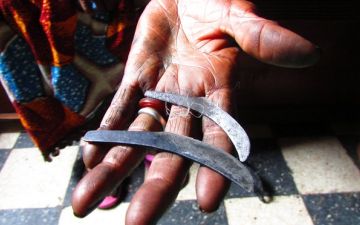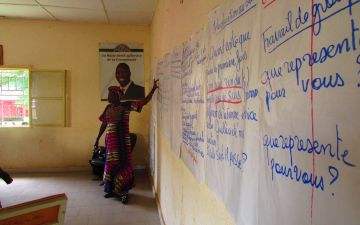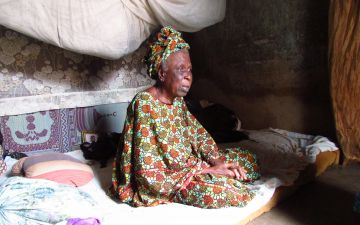Female genital cutting affects as many as 125 million women and girls in dozens of countries around the world. In Mali, over 91 percent of women between 15 and 49 have experienced the practice.
Kateri Donahoe examines the deeply entrenched cultural norms that perpetuate the practice, the medical consequences of being cut, and the first hand accounts of Malian women who have experience with the procedure.
This is a practice that has been shrouded in secrecy for centuries. Often, once undergoing the ceremony and procedure, women are sworn to never speak of it again. High-ranking women in society usually perform the procedure, as well as traditional healers, midwives, and Western-trained health professionals.
The negative health impacts of FGC are almost immediate, and can depend on the type of procedure that the woman undergoes. Short-term effects include infection, hemorrhage, and even death. The long-term effects of the procedure include the formation of fistulas, incontinence, and infertility.
Local authorities have made some strides in preventing FGC. As with many other issues, the most effective interventions are community-based and specialized to the individual cultural beliefs and practices of the region.
The conflict between respect for historically held cultural practices and protecting the health and safety of women and girls has slowed effective actions to stop the practice. Despite current international concern for the issue, it persists and shows little sign of decreasing in Mali.






